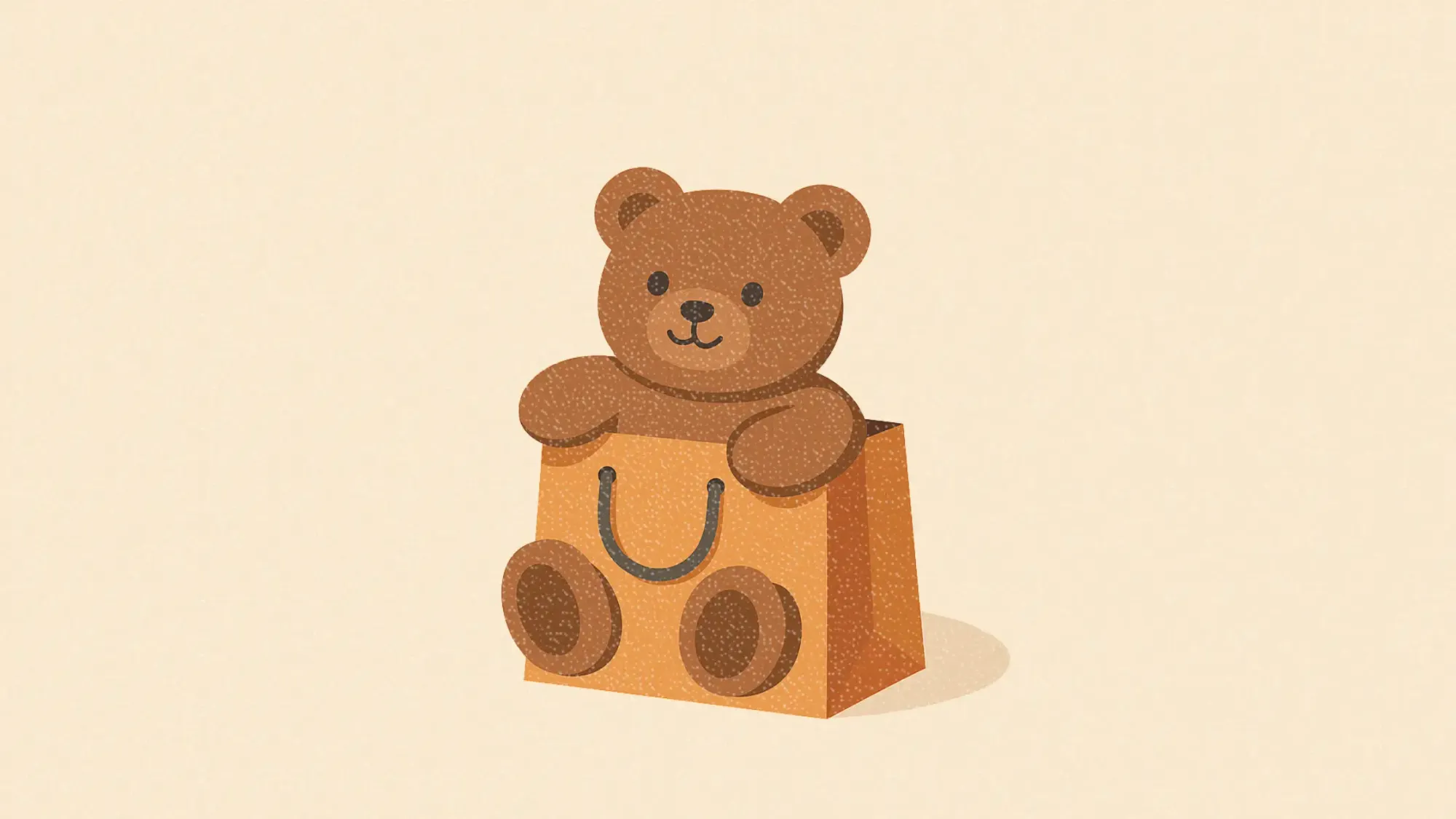How plush toys became the surprise heroes of brand marketing
More than merch: brands like Pizza Hut and Milo are turning plushies into long-term customer engagement assets.

In an age where attention spans are short and brand-switching is easy, Southeast Asian brands are quietly rewriting the rulebook on loyalty—and they’re doing it with plushies.
Yes, those soft, huggable toys once relegated to carnival booths and toy aisles are now front and center in multi-market marketing campaigns.
Brands like Milo Singapore, Pizza Hut, and Boost Malaysia aren’t just handing out freebies—they’re engineering emotional connections through limited-edition character drops.
This article explores how plush toys are evolving into relationship-building tools, and what that shift means for savvy marketers looking to move beyond transactional tactics.
Short on time?
Here’s a table of contents for quick access:
- From promo item to brand ambassador
- Plushies that stick—literally and emotionally
- Scarcity as a loyalty engine
- What marketers should know
From promo item to brand ambassador
Gone are the days when the end goal was simply to give customers a freebie. Today, plushies are being treated as brand ambassadors in disguise, offering both relational depth and cultural resonance.
According to Lazada Group CMO Marcus Chew in a conversation with MARKETING-INTERACTIVE, plushies with personality can become vehicles for joy and brand storytelling.
That philosophy is evident in Pizza Hut Singapore’s cheeseburger plushie campaign, where a character-driven design sparked not just laughs but meaningful engagement.
MR DIY Malaysia’s VP of Marketing, Alex Goh, also highlights that local adaptation is key. Plushies succeed not just on design but on how well they reflect local tastes and emotional cues. “It’s not just what you drop, but how you make people feel connected to it,” he explains.
Plushies that stick, literally and emotionally
So why do these plushies work? In one word: presence.
They don’t disappear after the sale. Whether clipped to a backpack, hung in a car, or perched on a desk, these plush toys become daily visual cues of a positive brand experience.
That kind of post-purchase stickiness is priceless for recall.
“Every time someone sees it, it’s like a little reminder of that sweet memory,” said Evelyn Lee, Head of Marketing at Secret Recipe.
Elaine Chiew, GM of Marketing at Sushi King Malaysia, also adds that these plushies reinforce not just memories, but emotions tied to brand experiences.
Scarcity as a loyalty engine
Cute alone doesn’t cut it. The real spark comes from exclusivity.
Chiew emphasizes that limited drops tap into FOMO, creating a sense of urgency that fuels both purchase and advocacy.
“Being part of an exclusive group cultivates a deeper sense of loyalty,” she said. That scarcity effect transforms a mere promotional item into a collector’s badge—a form of social proof among fans.
But scarcity isn’t just about creating a rush. Secret Recipe’s Evelyn Lee points out that these drops generate stories—little narratives of “I was there,” “I got one,” and “You missed out.” These emotional moments deepen engagement beyond the initial sale.
@meggiberrii Will have Milo to replace my daily meals for a month. Didn’t massage hard enough for the kaya toast (bet there wasn’t any left in the discarded pile) but my personal favourite were the soft boiled eggss yayyy #milo #milosg #miloplush #jellycat #milojellycat #fairprice
♬ Anxiety - Doechii
What marketers should know
Marketers looking to replicate this plushie playbook need to think long-term. Here’s how:
1. Design for identity, not just cuteness
Think of the plushie as a character extension of your brand. That means going beyond logos and mascots—invest in design that aligns with your brand’s voice, values, and story.
2. Tie drops to a broader campaign arc
As Lazada’s Marcus Chew said, it’s not about selling out, it’s about standing out. Integrate plushie drops into seasonal campaigns or storytelling arcs to drive depth, not just hype.
3. Treat scarcity as a strategic lever
Yes, exclusivity fuels sales—but it also creates club-like loyalty. Consider controlled rollouts, tiered availability, or member-only access to build lasting emotional equity.
4. Don’t monetize the plushie—monetize the memory
The plushie isn’t the product; your core offering is. Use the plushie as a loyalty driver that nudges consumers to return, refer, and engage more deeply over time.
Plushies might seem like child’s play, but brands across Southeast Asia are proving otherwise.
When done right, they don’t just decorate shelves—they anchor emotional relationships. For marketers looking to build brand love that lasts beyond the checkout counter, plushies offer a surprisingly powerful (and huggable) solution.



